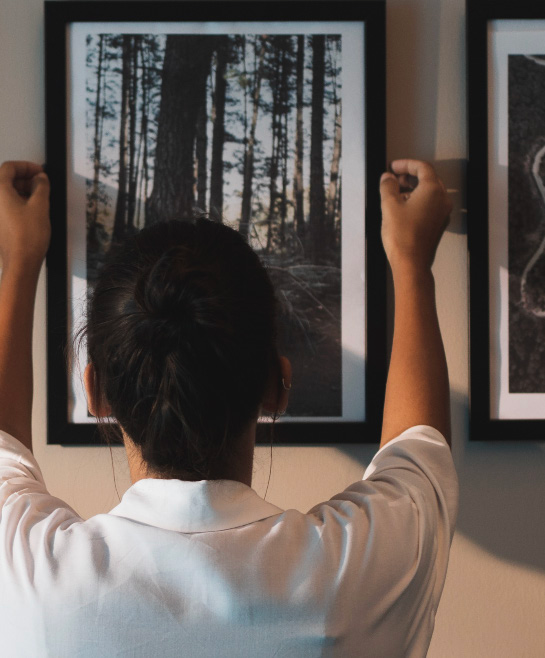Setting up a Show
- by Always Art Staff


Whether you are organizing the show and setting it up alone or showing your work as part of a group show that someone else is organizing, you will have some pre-show prep work to do. Being the organizer and setting it up alone is much more work, but you will have the opportunity to make all of the decisions about curation while gaining experience in all aspects of show development. Showing your work with a gallery in charge of organizing will mean that you don’t have to be involved in every detail and will also give you access to their network of attendees.
To-do list for when you set up a show alone
If you are organizing the show, you can also post updates as it is being put together as a behind the scenes to build excitement in advance.

1. Pick a location
You will need to compile a list of options depending on the price and the dates of availability. When you organize a show in an art space, you typically need to pay a rental fee which can vary immensely depending on the location. Understand your budget in advance so you can come up with a list of options. You will also need to consider whether you are organizing a solo show or a group show, where you will charge each artist a portion of the fee to join the exhibition, thereby splitting the cost.


2. Setting up the space
Depending on the venue, you may have a lot of responsibilities in terms of organizing and setting up the space for the show. Some galleries or art locations may prep the walls for you and provide tools like hammers, levels, ladders, and plinths. Others will require you to repaint and repair any damages from the previous renter and ask you to bring your own tools.
You should understand these requirements in advance and weigh them against the cost to get a sense of what you can handle.
Setting up a professional, clean space is essential to having a successful show. You should aim to develop a layout, hang your artwork perfectly, and curate the exhibition in a way that will engage and make sense to the viewers and attendees.

3. Choosing your artwork and getting it show ready
Whether you are hanging only your own work or a group show, you need to have a clear understanding of the list of works and their dimensions before you install them so that you can have a plan for the layout. You will also need to have each piece framed or printed in advance so that it is ready to hang and install.

4. Create a title or name for the show
This can be based on the artist who is showing, the group, or the theme behind the works on display. This title should be in all press, hung on the gallery door, and listed in any catalogs or print materials.

5. Creating a catalog and inventory
Show visitors will want to access a document where they can read about each work and each artist, so you will need to create a catalog that lists each piece, including title, medium, year, dimensions, and price, as well as any artist statements and bios. Plus, if the show has a theme or concept, you may want to include text describing the exhibition’s conceptual idea.
6. Creating labels
Print labels for each work that you can attach to the wall near each piece of art on display. This will allow viewers to easily correlate the piece with its listing in the catalog and direct them through the show so they can understand what they are looking at.

7. Promoting the show
Send email invites and post on social media to get the word out about your exhibition. Invite your network and tell them to bring their connections to the opening, as well. Even if you are in a show organized by a gallery, you will need to promote it through your social media. In both cases, we recommend making a post, as well as talking about it in your stories.
